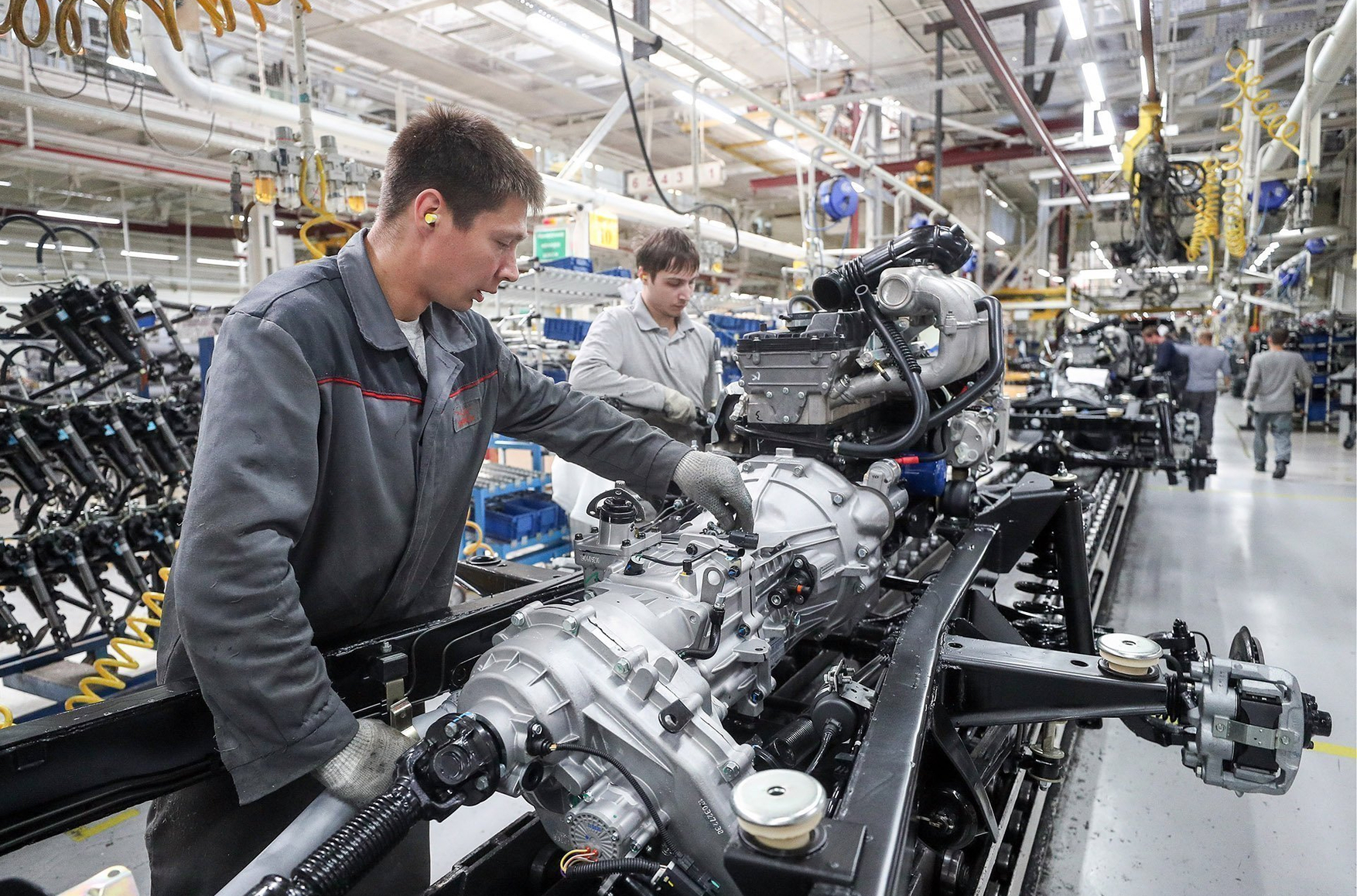

Russia’s wartime economy is striving to reduce its dependence on imported components. But as The Insider’s research reveals, every major industrial sector still has critical bottlenecks that keep the country heavily reliant on inputs from abroad. In many cases, these are raw materials that Russia possesses in abundance — from tantalum to tungsten — but that cannot be processed domestically due to a lack of knowledge. In other instances, they are basic manufactured products — like ball bearings — that were once produced at scale in the Soviet Union but that modern Russia’s industrial sector lost the capacity to replicate. All of these weak spots now represent prime targets for international sanctions.
Content
Silicon: how sand became a shortage
Graphite and coke: these technologies are lost
Tungsten, Tantalum, Niobium, and Molybdenum: abundant reserves, untapped potential
Chromium and Manganese: no way around imports
Magnetic Deficiency
Casting, forging, and rolled metal
Bearings
Machine Tools
Components for electronic Industry
For most countries, a division of labor and reliance on imported components are perfectly normal. Italy does not make microchips, but it turns out world-class machine tools. Switzerland does not launch rockets, but it produces instruments of unmatched precision. France does not assemble iPhones, but it builds jet engines. In Russia’s case, however, a policy of isolation and a focus on raw-material exports have hollowed out much of the country’s high-tech manufacturing sector. After the official withdrawal of Western industrial firms due to international sanctions, this translated into near-total dependence on China.
China’s machinery, metalworking, and electronics industries are now so deeply intertwined with Russia’s that Beijing has emerged as both the chief beneficiary of the war in Ukraine and, paradoxically, as the outside power most capable of putting an end to it — simply by stopping the supplies.
So, what exactly is Russian industry missing?
Silicon: how sand became a shortage
In the past, Russia was a major exporter of high-grade quartz, which is indispensable in the production of piezoelectric resonators — a critical component in radio-electronic equipment. In the defense industry, these resonators are essential for navigation systems and frequency generators. However, judging by statements from state conglomerate Rostec, Russia makes hardly any of these domestically, importing them from China instead.
A lower quality (but still highly pure) form of quartz is also required for producing high-quality glass of the kind used in skyscraper construction. Here, too, Russia relies on foreign suppliers. Even when it comes to the packets of basic silica gel that are placed in boxes to prevent moisture from damaging consumer goods, industry data shows that Russia depends on imports for 75% of its needs.
Estonia’s SilSteve AS, Latvia’s BLC, Ventspils Tirdzniecības Osta, and Alpha Shipping Company, as well as the Netherlands-based Omni Industries B.V.
Cassette bearings use tapered rather than cylindrical elements, unlike traditional roller bearings
In unit terms, Russia imported 80 million diodes (excluding photodiodes) and 9 million transistors. The average price of an imported diode was $0.05, while a transistor averaged $0.93.
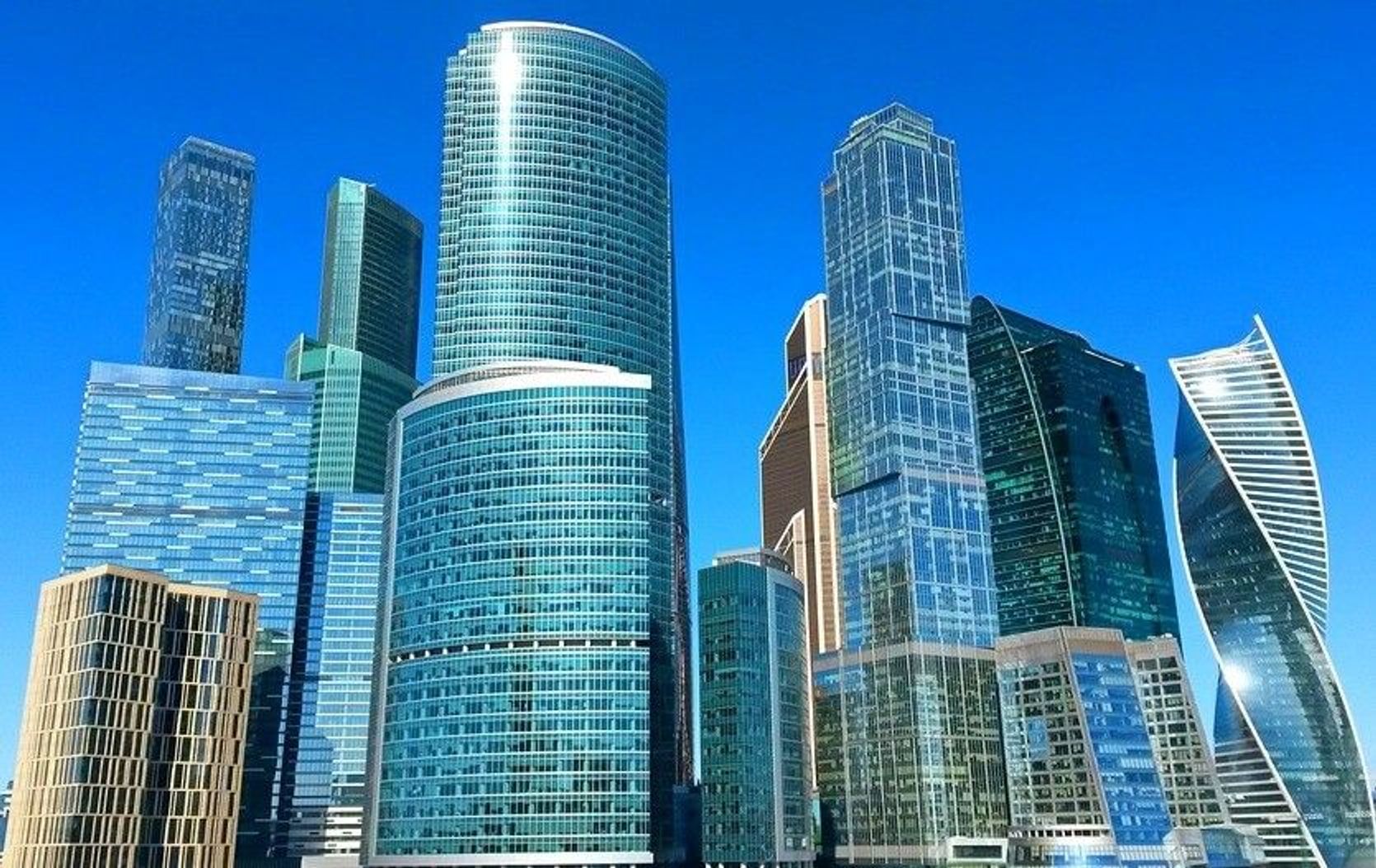
Skyscrapers in Russia can’t rise without imported high-quality glass
Graphite and coke: these technologies are lost
Russia faces a shortage of graphite — and it’s not just about pencils. Graphite is essential for growing high-quality crystals and for lining electro-vacuum furnaces. Domestic production of synthetic graphite has all but vanished, and sanctions have made access to foreign supplies increasingly difficult, as industry publications complain. Experts say that the technology for producing coke — the key precursor for synthetic graphite — has been lost altogether. Customs and Rosstat data suggest that more than a third of all graphite used in Russia comes from abroad.
Estonia’s SilSteve AS, Latvia’s BLC, Ventspils Tirdzniecības Osta, and Alpha Shipping Company, as well as the Netherlands-based Omni Industries B.V.
Cassette bearings use tapered rather than cylindrical elements, unlike traditional roller bearings
In unit terms, Russia imported 80 million diodes (excluding photodiodes) and 9 million transistors. The average price of an imported diode was $0.05, while a transistor averaged $0.93.
The technology for producing coke — the key ingredient in synthetic graphite — has been lost in Russia
Globally, China controls 75% of the natural graphite chain and 74% of the synthetic one. In just the first six weeks of 2025, Russia imported 15,000 tons of carbon electrodes.
The outlook for coke is even bleaker: domestic production in 2025 has averaged only 2,000 tons per month, while in 2024 monthly imports averaged more than 4,000 tons.
Tungsten, Tantalum, Niobium, and Molybdenum: abundant reserves, untapped potential
Russia may be a metallurgical powerhouse, but it still imports certain metals that are vital to its defense industry. Take molybdenum, for example — a key ingredient in the hard alloys that are used for artillery barrels. On paper, the country’s reserves are vast: an estimated 1.5 million tons as of 2022, with the largest deposits in Buryatia and the Transbaikal region. Yet actual production of molybdenum concentrate in 2020 amounted to barely 1,700 tons, according to the official state report on Russia’s mineral resources.
As a result, Russia imports molybdenum wire from China. In 2024 alone, it brought in 2,700 tons of molybdenum oxides and hydroxides, several thousand tons of other molybdenum-containing products (such as molybdenum-alloyed steels), and dozens of tons of molybdenum wire and rods.
Another scarce element is tungsten — the most heat-resistant known metal, it is indispensable in the production of armor-piercing ammunition. But despite reserves of roughly 1 million tons, Russia’s annual production of tungsten concentrate as of 2020 was a mere 2,600 tons. . In a typical year, Russia imports both tungsten wire and tungsten concentrate from China in quantities amounting to around 700 tons of tungsten trioxide equivalent. It also brings in roughly 2,000 tons worth of drills and alloy steels containing tungsten.
Estonia’s SilSteve AS, Latvia’s BLC, Ventspils Tirdzniecības Osta, and Alpha Shipping Company, as well as the Netherlands-based Omni Industries B.V.
Cassette bearings use tapered rather than cylindrical elements, unlike traditional roller bearings
In unit terms, Russia imported 80 million diodes (excluding photodiodes) and 9 million transistors. The average price of an imported diode was $0.05, while a transistor averaged $0.93.
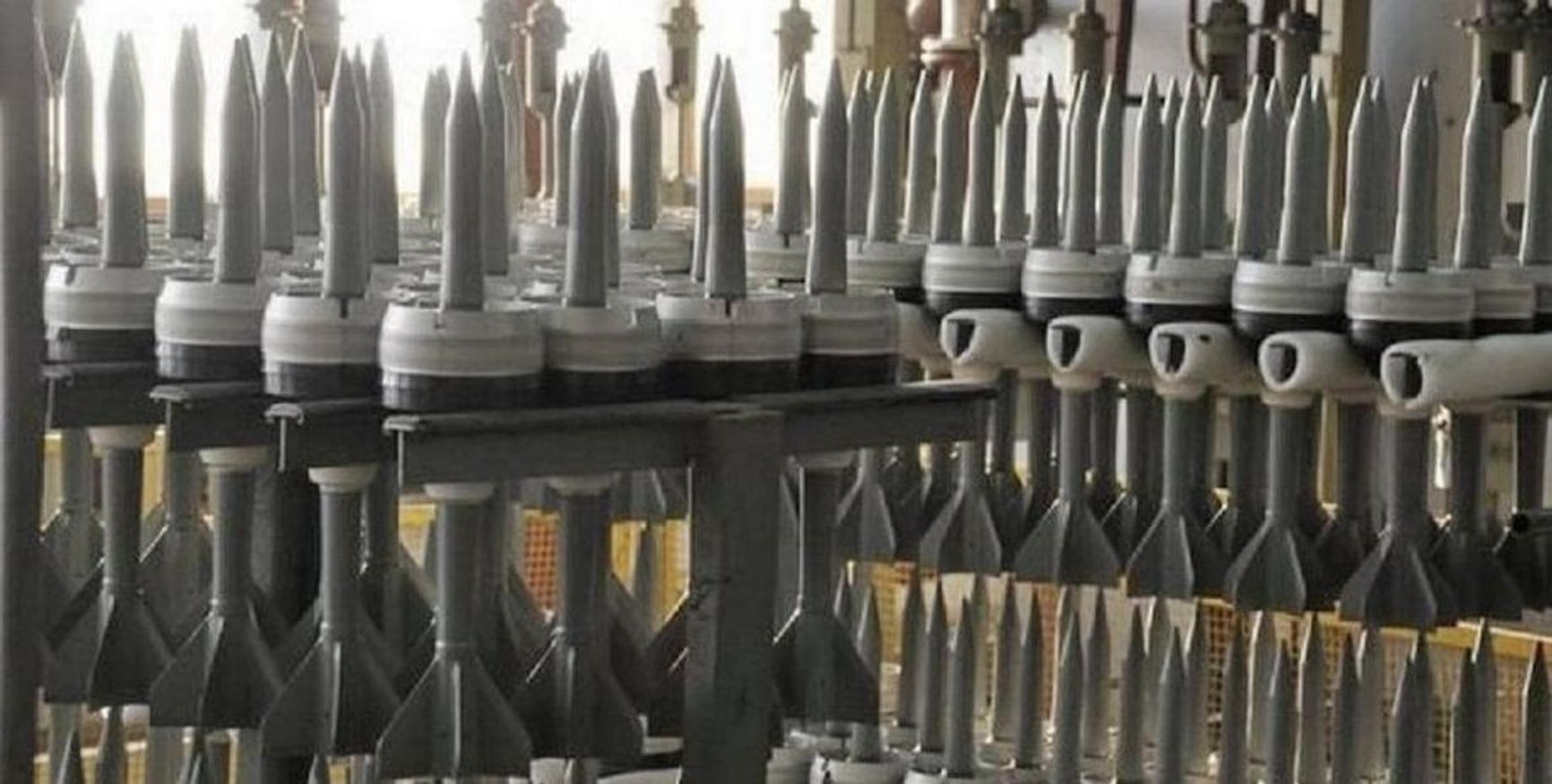
Armor-piercing ammunition relies on imported tantalum and tungsten
Another metal essential for armor-piercing shells is tantalum, which is exceptionally hard and durable. While Russia does have tantalum deposits, they have never been developed. Until recently, the main exporters to Russia were Kazakhstan, China, and Estonia, with the latter halting shipments after the full-scale war began in 2022. Today, Kazakhstan covers most of Russia’s needs. In 2024, Russia imported around 10 tons of tantalum (in the form of foil, wire, powders, and strip) from China and roughly 20 tons from Kazakhstan.
Niobium is used to produce heat-resistant alloys that are crucial for industries such as aerospace. According to Russia’s Ministry of Natural Resources, domestic production in 2023 was only about 500 tons per year, and the country annually imports around 300 tons of Chinese-made ferroniobium — an alloy that is roughly two-thirds niobium.
Russia is believed to hold a fifth of the world’s mineral reserves, with its territory containing most of the elements in the periodic table. Yet when it comes to many metals, Russia’s resource base exists only on paper, while in practice, deposits remain underdeveloped. Although Russia does produce a range of metals domestically, it still relies on imported ores and concentrates.
Estonia’s SilSteve AS, Latvia’s BLC, Ventspils Tirdzniecības Osta, and Alpha Shipping Company, as well as the Netherlands-based Omni Industries B.V.
Cassette bearings use tapered rather than cylindrical elements, unlike traditional roller bearings
In unit terms, Russia imported 80 million diodes (excluding photodiodes) and 9 million transistors. The average price of an imported diode was $0.05, while a transistor averaged $0.93.
For many metals, Russia’s resource base exists only on paper — the reserves remain underdeveloped, and Russia depends on imported ores and concentrates
Chromium and Manganese: no way around imports
Chromium and manganese are used as alloying additives in steel production. In 2020, Russia mined 600,000 tons of chromium ore and produced 690,000 tons of chromium concentrates (including those processed from imported ore) — enough to cover only about 30% of domestic demand. Until 2022, roughly 70% of ore and concentrate came from Kazakhstan and South Africa. According to the Ministry of Natural Resources, Russia’s domestic consumption of chromium ore in 2023 was about 1 million tons, of which only around 60% was supplied from local sources. Kazakhstan is a top supplier here too, shipping at least 260,000 tons in 2024.
In 2020, Russia mined 188,000 tons of manganese ore but imported ten times that much — 1.189 million tons — and the situation has not improved since. In 2024, Russia imported 1.2 million tons of manganese ore.
In addition, the country is almost entirely dependent on foreign manganese feedstock. Before 2022, Ukraine was the main supplier. Today, ore comes from South Africa, Gabon, and Brazil. The leading producers of manganese ore that ended up in Russia in 2023 were World Metals & Alloys (UAE), Nouvelle Gabon Mining (Gabon), and United Manganese of Kalahari (South Africa). All of these companies used EU-based traders and logistics firms — mainly in Estonia, Latvia, and the Netherlands — to handle shipments to Russia.
Estonia’s SilSteve AS, Latvia’s BLC, Ventspils Tirdzniecības Osta, and Alpha Shipping Company, as well as the Netherlands-based Omni Industries B.V.
Cassette bearings use tapered rather than cylindrical elements, unlike traditional roller bearings
In unit terms, Russia imported 80 million diodes (excluding photodiodes) and 9 million transistors. The average price of an imported diode was $0.05, while a transistor averaged $0.93.
Before 2022, Ukraine was the main supplier of manganese ore
In 2024, the list of leading suppliers was similar: United Manganese of Kalahari, WMA Brazil, and Ciapetro. Many traders are still based in Europe — for example, Ventspils Tirdzniecības Osta, SilSteve, Rīgas Ogļu Termināls, and Omni Industries B.V.
Magnetic Deficiency
Permanent magnets play an indispensable in a wide range of power engineering applications — from electric motors to generators. Today, the most sought-after types for industry are neodymium and samarium–cobalt magnets. Beyond their general industrial use, samarium–cobalt magnets are also employed in military-grade microwave devices.
In late 2024, Russian Academy of Sciences member Vladimir Komlev remarked that “Russia’s magnet industry should have been launched yesterday,” adding that “a complete production cycle for rare-earth magnets has yet to be established.”
Estonia’s SilSteve AS, Latvia’s BLC, Ventspils Tirdzniecības Osta, and Alpha Shipping Company, as well as the Netherlands-based Omni Industries B.V.
Cassette bearings use tapered rather than cylindrical elements, unlike traditional roller bearings
In unit terms, Russia imported 80 million diodes (excluding photodiodes) and 9 million transistors. The average price of an imported diode was $0.05, while a transistor averaged $0.93.
A complete production cycle for rare-earth magnets has yet to be established in Russia
As a result, Russia depends on imported magnets. According to a review published in Vremya Elektroniki magazine (“Electronics Time”), in 2022 Russia produced just 0.6 tons of neodymium magnets, of which only 0.1 tons went to the defense sector. Over the same period, it imported 551 tons. For samarium–cobalt magnets, domestic output was 4.6 tons, compared to imports of 111 tons. Together, neodymium and samarium–cobalt magnets account for roughly 90% of Russia’s magnet market.
Casting, forging, and rolled metal
“Today, Russia does not have a single research institute focused on foundry production,” says Alexander Petrov, one of the country’s leading experts in the field. “Back in the Soviet era, there were dedicated research institutes and state organizations designing foundry plants, and there were Centrolits — centralized facilities that supplied castings to multiple machine-building enterprises.”
Petrov is not a lone critic. According to Alexander Maslov, director of the Ural Non-Ferrous Foundry Plant, Russia’s foundry industry is no match for competitors from Germany and China. After all, as The Insider uncovered, engines for the “Shahed” assembled in the Russian Republic of Tatarstan are cast in China — hardly surprising given the influx of Chinese engines for Kamaz trucks.
Overall, Russia’s annual domestic output of foundry machinery is around 6,000 tons, while it imports roughly 10,000 tons.
Estonia’s SilSteve AS, Latvia’s BLC, Ventspils Tirdzniecības Osta, and Alpha Shipping Company, as well as the Netherlands-based Omni Industries B.V.
Cassette bearings use tapered rather than cylindrical elements, unlike traditional roller bearings
In unit terms, Russia imported 80 million diodes (excluding photodiodes) and 9 million transistors. The average price of an imported diode was $0.05, while a transistor averaged $0.93.

The “Shahed” drones are fitted with Chinese engines.
Bearings
The production of high quality ball bearings has never been a strong suit of Russian industry. Even in the Soviet era, this shortcoming contributed greatly to the enduringly poor reputation of the Soviet automobile industry.
With the collapse of the Soviet Union, the industry deteriorated even further — sacrificing quantity without a notable rise in quality. In 1991, annual output exceeded 700 million bearings, but by 2024, that figure had fallen to under 100 million — with only around 20 million per year being produced in Russia through a full manufacturing cycle.
Today, Russian-made bearings account for an estimated 23% of the domestic market, according to the Bearing Manufacturers’ Union. Tests have shown that these bearings cannot withstand even the loads generated in animal feed production. The enduringly poor quality of Russian bearings has become proverbial, with countless videos, trade press articles, and forum posts dissecting their defects. A 2017 survey by the portal podshipnik.ru found that fewer than 14% of users in Russia relied on domestic bearings — a category that survey organizers grouped under “other brands.”
Estonia’s SilSteve AS, Latvia’s BLC, Ventspils Tirdzniecības Osta, and Alpha Shipping Company, as well as the Netherlands-based Omni Industries B.V.
Cassette bearings use tapered rather than cylindrical elements, unlike traditional roller bearings
In unit terms, Russia imported 80 million diodes (excluding photodiodes) and 9 million transistors. The average price of an imported diode was $0.05, while a transistor averaged $0.93.
Russian-made bearings account for an estimated 23% of the domestic market
The market is also rife with mislabeling: Chinese bearings are often sold under the brand of an allegedly Russian manufacturer. Survey respondents noted that, due to sanctions, prices for Western-made bearings have risen by an average factor of 2.5, while delivery times have stretched to between six and nine months.
Estonia’s SilSteve AS, Latvia’s BLC, Ventspils Tirdzniecības Osta, and Alpha Shipping Company, as well as the Netherlands-based Omni Industries B.V.
Cassette bearings use tapered rather than cylindrical elements, unlike traditional roller bearings
In unit terms, Russia imported 80 million diodes (excluding photodiodes) and 9 million transistors. The average price of an imported diode was $0.05, while a transistor averaged $0.93.
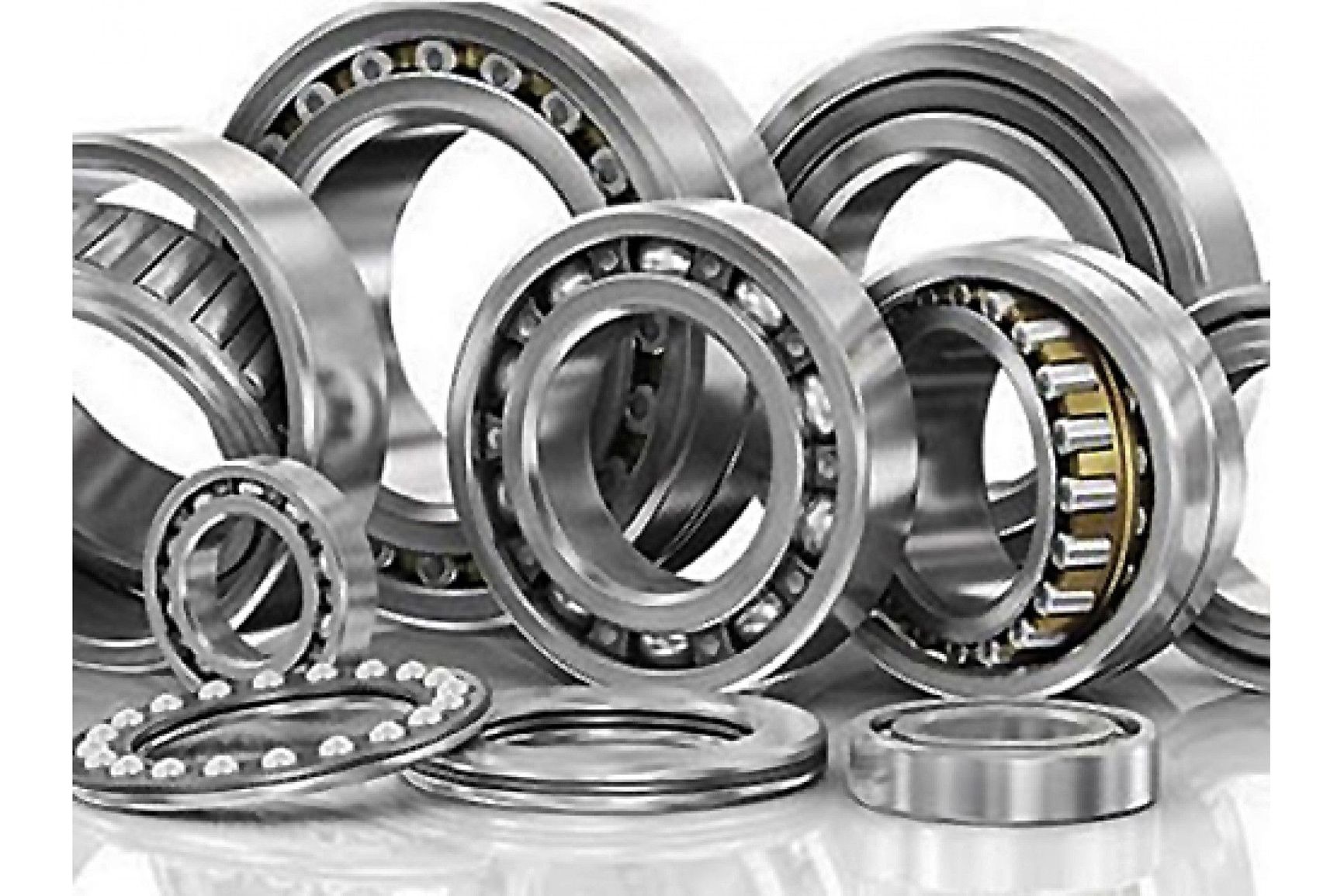
A significant share of bearings is manufactured in China, but in order to evade import duties, they are brought in as if they were made in Vietnam or Malaysia. Once inside the country, the labeling is changed, and the end user is led to believe they have a Russian-made bearing. Industry publications note that this practice harms Russia’s economy twice over: first, by tarnishing the reputation of domestic factories with Chinese products that are often of even lower quality than Russian ones; and second, by enabling the evasion of import duties.
At one point, Russia’s railways attempted a transition to cassette bearings. For Russian Railways (RZD), these were manufactured domestically — albeit by plants owned by foreign corporations such as SKF, Timken, and EPK-Brenco (a joint venture between the European Bearing Corporation and Brenco). Even before the full-scale war, industry experts warned that if economic ties with the democratic world were severed, Russia would be left without bearings for its rail system.
Machine Tools
There was a time when almost every serious university in Russia had its own unique, heavy-duty metalworking machine tool mounted on multi-ton cast frames. But in the 1990s, many were smashed with sledgehammers and sold for scrap. Today, machine tools in Russia come equipped with CNC systems — which are frequently sourced from Taiwan, as The Insider previously discovered. Building such a machine domestically is out of the question for Russia, which does not mass-produce the discrete inputs and outputs, sensors, or controllers that transmit commands to CNC machine drives. And turning to Beijing is not a solution, as the quality of Chinese-made machines is often too low to deliver the required precision.
Estonia’s SilSteve AS, Latvia’s BLC, Ventspils Tirdzniecības Osta, and Alpha Shipping Company, as well as the Netherlands-based Omni Industries B.V.
Cassette bearings use tapered rather than cylindrical elements, unlike traditional roller bearings
In unit terms, Russia imported 80 million diodes (excluding photodiodes) and 9 million transistors. The average price of an imported diode was $0.05, while a transistor averaged $0.93.
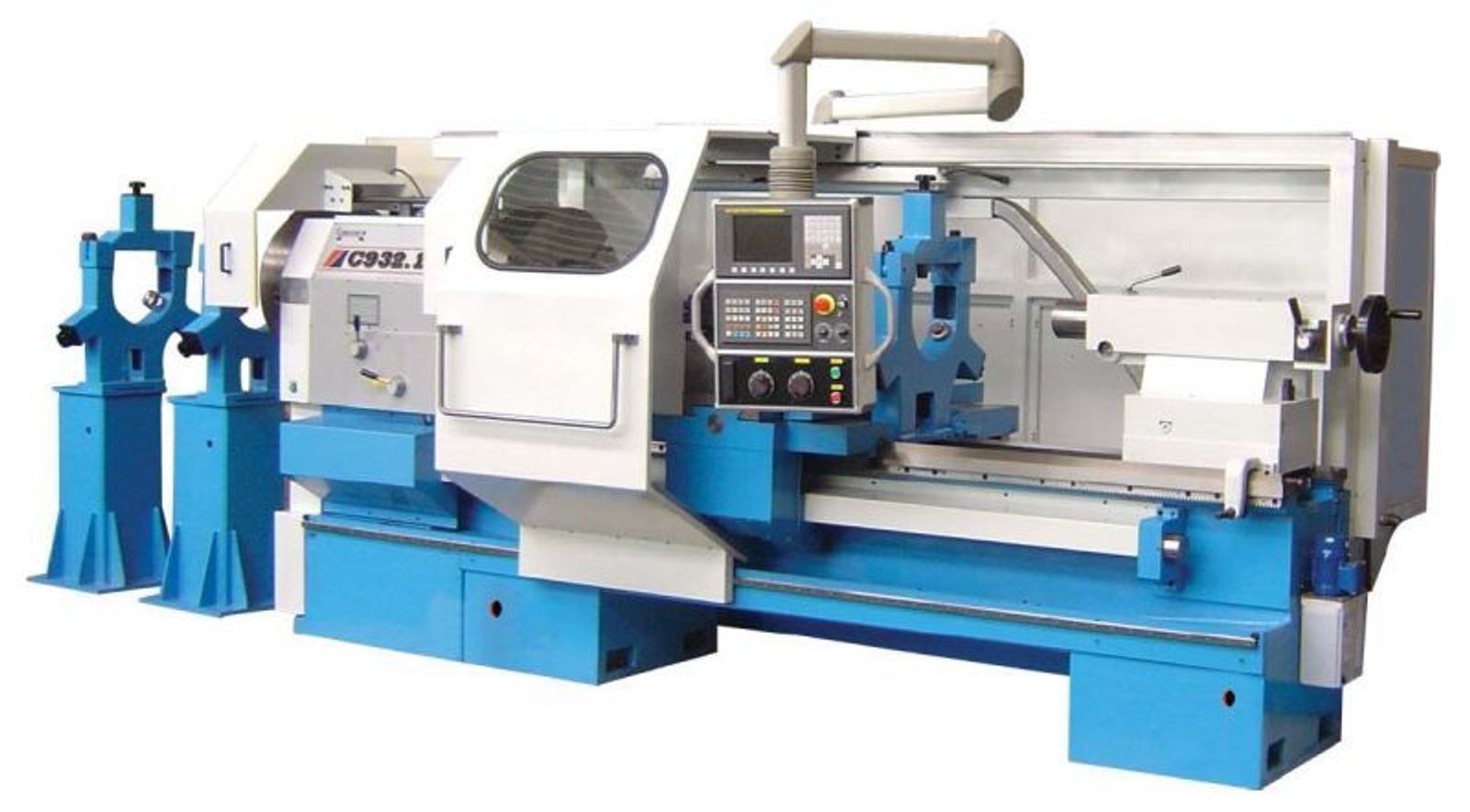
Cutting tools for machine equipment are another headache. Businesses complain that Russia lacks experts capable of setting up domestic production of milling heads and carbide shanks from scratch. As The Insider has also reported, former managers of foreign and joint ventures have little trouble sidestepping their parent companies’ compliance rules and have devised a simple two-step scheme to bring cutting tools into Russia via Turkey.
All Russian manufacturers of carbide tools rely on imported equipment — most of it from Europe. At the same time, domestic enterprises are trying to master the production of tools made from boron nitride and polycrystalline diamond. Even the plants that have learned to produce milling cutters still suffer from insufficient production capacity and remain entirely dependent on imported preforms.
Estonia’s SilSteve AS, Latvia’s BLC, Ventspils Tirdzniecības Osta, and Alpha Shipping Company, as well as the Netherlands-based Omni Industries B.V.
Cassette bearings use tapered rather than cylindrical elements, unlike traditional roller bearings
In unit terms, Russia imported 80 million diodes (excluding photodiodes) and 9 million transistors. The average price of an imported diode was $0.05, while a transistor averaged $0.93.
All Russian manufacturers of carbide tools use imported equipment.
Components for electronic Industry
Electronics require printed circuit boards, cables, and radio components. Veteran engineers say that in Russia, the supply of cables capable of operating in high-radiation environments has run out, andproducing new ones in line with the proper technical standards is impossible due to the absence of qualified experts remaining in the market.
Resistors, capacitors, diodes, transistors, and relays are the building blocks of any electronic device. For several categories of passive components, Russia’s dependence on imports has been estimated at 99%. In 2019, according to the Discovery Research Group, Russia produced 49 million capacitors, while total market demand was around 4 billion units. In other words, domestically made capacitors accounted for only around 1% of the market. Hence, $100 million worth of capacitors were imported.
Estonia’s SilSteve AS, Latvia’s BLC, Ventspils Tirdzniecības Osta, and Alpha Shipping Company, as well as the Netherlands-based Omni Industries B.V.
Cassette bearings use tapered rather than cylindrical elements, unlike traditional roller bearings
In unit terms, Russia imported 80 million diodes (excluding photodiodes) and 9 million transistors. The average price of an imported diode was $0.05, while a transistor averaged $0.93.
Russian capacitors accounted for only around 1% of the market.
In 2022, Russia produced resistors worth 2.4 billion rubles ($30 million). However, over the same period, The Insider estimates that it imported $52 million worth — roughly 5 billion rubles at the exchange rate.
In 2024, domestic production of diodes and transistors totaled 37 billion rubles ($464 million). At an average price of 234 rubles per unit ($3), that amounts to about 158 million pieces. Imports, according to The Insider, included $12 million worth of diodes and transistors (excluding photodiodes) and $5.6 million worth of photodiodes.
In the microchip market, neither the USSR nor Russia ever managed to be competitive. Among today’s leading domestic chipmakers are Angstrem (previously profiled by The Insider) and Milandr — a company frequently cited in court cases over its failure to fulfill state defense contracts. Despite promising to deliver “import-substituted” processors, the most high-tech use Russian products are fit for appears to be intercom systems. Now that there are sanctions in place, the production cycle for microchips has stretched from a period of 3-4 months to one of 1.5-2 years, industry insiders say.
Estonia’s SilSteve AS, Latvia’s BLC, Ventspils Tirdzniecības Osta, and Alpha Shipping Company, as well as the Netherlands-based Omni Industries B.V.
Cassette bearings use tapered rather than cylindrical elements, unlike traditional roller bearings
In unit terms, Russia imported 80 million diodes (excluding photodiodes) and 9 million transistors. The average price of an imported diode was $0.05, while a transistor averaged $0.93.
In the microchip market neither the USSR nor Russia ever managed to be competitive
Another electronic component not manufactured in Russia is the servodrive. “The Russian servodrive market is only just beginning its journey. After the collapse of the USSR, the Russian electrical engineering industry fell into decline, and foreign manufacturers entered the Russian market,” notes a trade publication. As a result, Russian users are forced to choose between servodrives from China and Taiwan.
Estonia’s SilSteve AS, Latvia’s BLC, Ventspils Tirdzniecības Osta, and Alpha Shipping Company, as well as the Netherlands-based Omni Industries B.V.
Cassette bearings use tapered rather than cylindrical elements, unlike traditional roller bearings
In unit terms, Russia imported 80 million diodes (excluding photodiodes) and 9 million transistors. The average price of an imported diode was $0.05, while a transistor averaged $0.93.